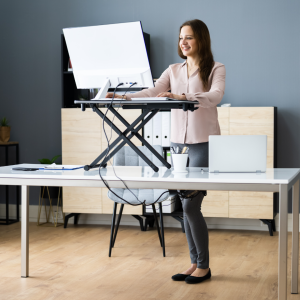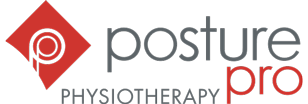
Sitting, Back Pain and the Psoas Muscle
Have you wondered about why the latest push for stand-up desks is gaining in support and popularity?
Well, it is because when we are sitting our Psoas muscles are under huge compression and shearing forces particularly over our low lumbar spine. This force over many years starts a cascade of events happening in your spine causing disc and ligament and nerve damage leading to pain.
This research paper [below] shows how the Psoas Major Muscle exerts huge compression and sheer forces on our low spine resulting in crumpling and severely shearing the lumbar spine.
Click here ANATOMY & BIOMECHANICS OF PSOAS MAJOR
Initially you may just feel a stiffness or discomfort after sitting, so you stand up and have a bit of a backward stretch, find something else to do for a while that does not require sitting. This seems to help for a short period. Then you go back and sit and there it is again, that low back pain. You might go and have a massage and that feels so much better for a short while. So you continue like this until the sitting has now become so uncomfortable that you find yourself getting up more frequently and now the stiffness is becoming real pain.
Download our FREE ebook “What Really Causes Back Pain”
You finally decide this is needing some professional help so you seek out a musculoskeletal therapist (physiotherapist, chiropractor, osteopath or maybe a remedial therapist).
After several treatments the pain and discomfort seem to have gone. Until one day your out digging in the garden or your playing footy with the kids and Oh no there is pain in your back again.
After a few more sessions with your chosen therapist you realise that your back is feeling better but it is still returning on a regular basis and now its starting to go into your buttock or maybe down into the top part of your leg.
So you visit your G.P. to see what they recommend. They may suggest an X-ray or a cat scan of your back. You go and have these done and what do they show. They show wear of the discs and L4/5 level with some osteophytic formation around those areas, narrowing of the disc spaces and maybe even a bulged disc or even a herniated disc with impingement of the thecal sac.
Now you are really worried. Your GP might suggest continuing on with your musculoskeletal therapist or they might suggest you see an Orthopaedic specialist.
So now you are on the pain train. Medications are prescribed anti-inflamatories and come back and see me in a couple of weeks. If your leg pain gets worse you may even be advised to see a neurosurgeon.
This 3-year study into back pain across the globe published in the prestigious medical journal The Lancet reports that our current treatments for back pain are lacking in evidence of effectiveness. See article below
The Soaz method that is the methodology of treating the Psoas muscle at Posturepro physiotherapy for back and many other pain problems starts with the Psoas muscles that cause the Back pain. We do not start with treating where the back pain is felt (in the back) because this is not going to reverse the compression forces off of the spine and so these forces will still remain.
The Soaz method for back pain enables non surgical spinal decompression to occur. Taking the compression off of the spine and discs and enabling the body to start natural healing.
Check out the Video Link below, it shows how the Psoas Muscles affect our spine and posture.
Call us now for a free consult or Book online here

